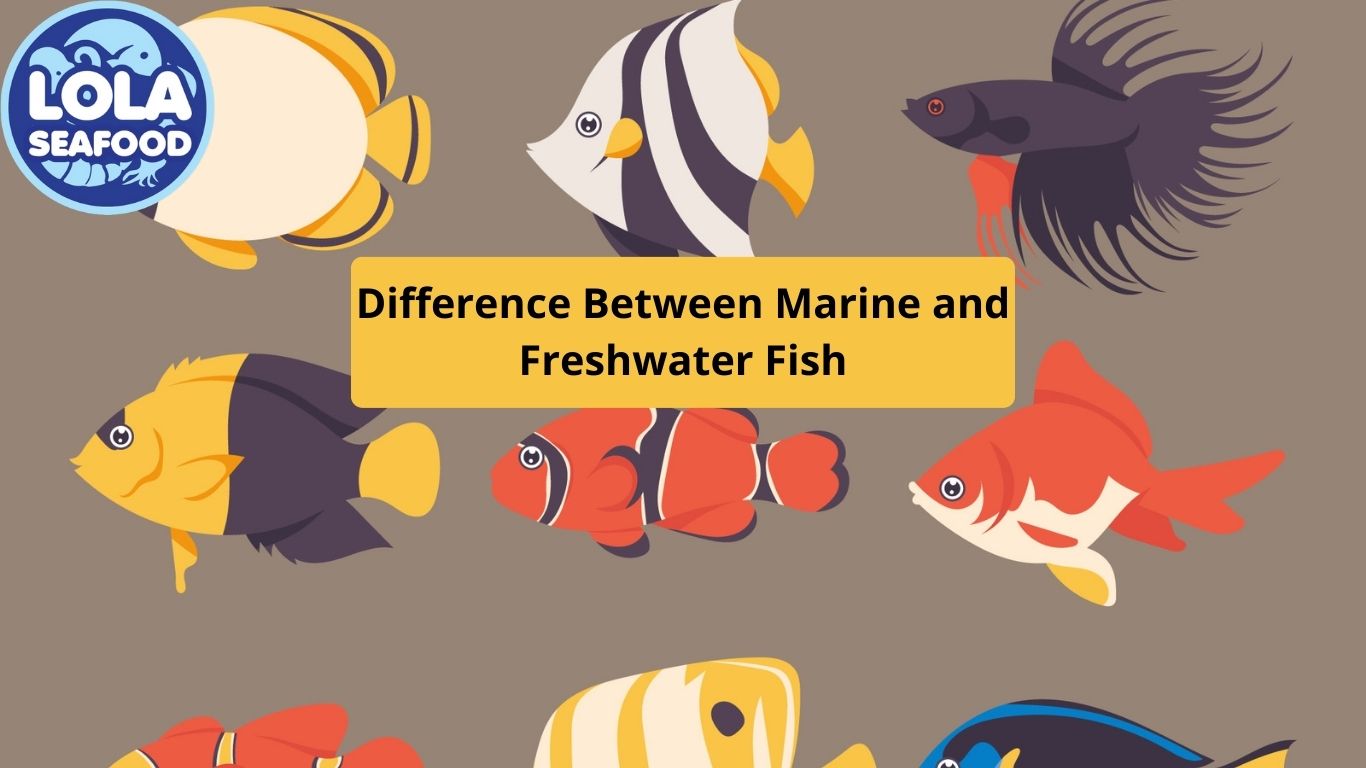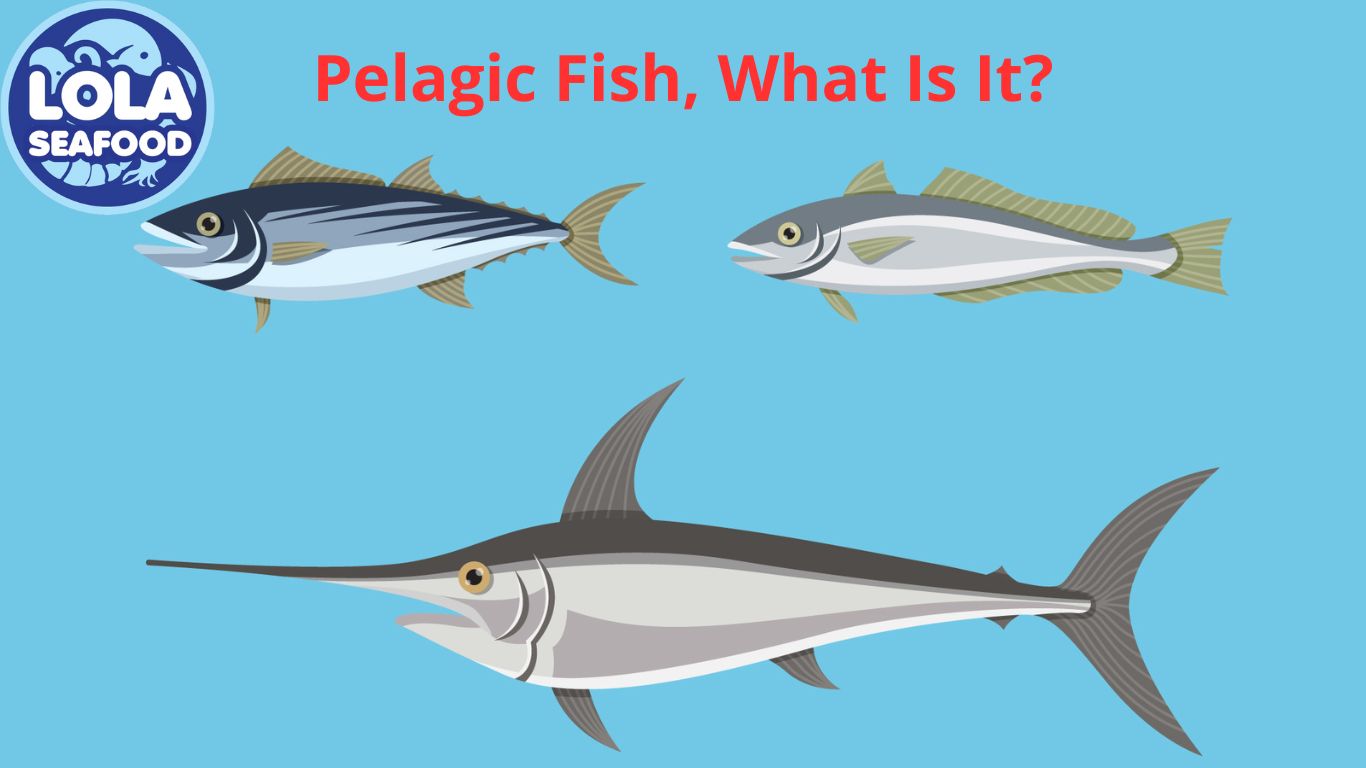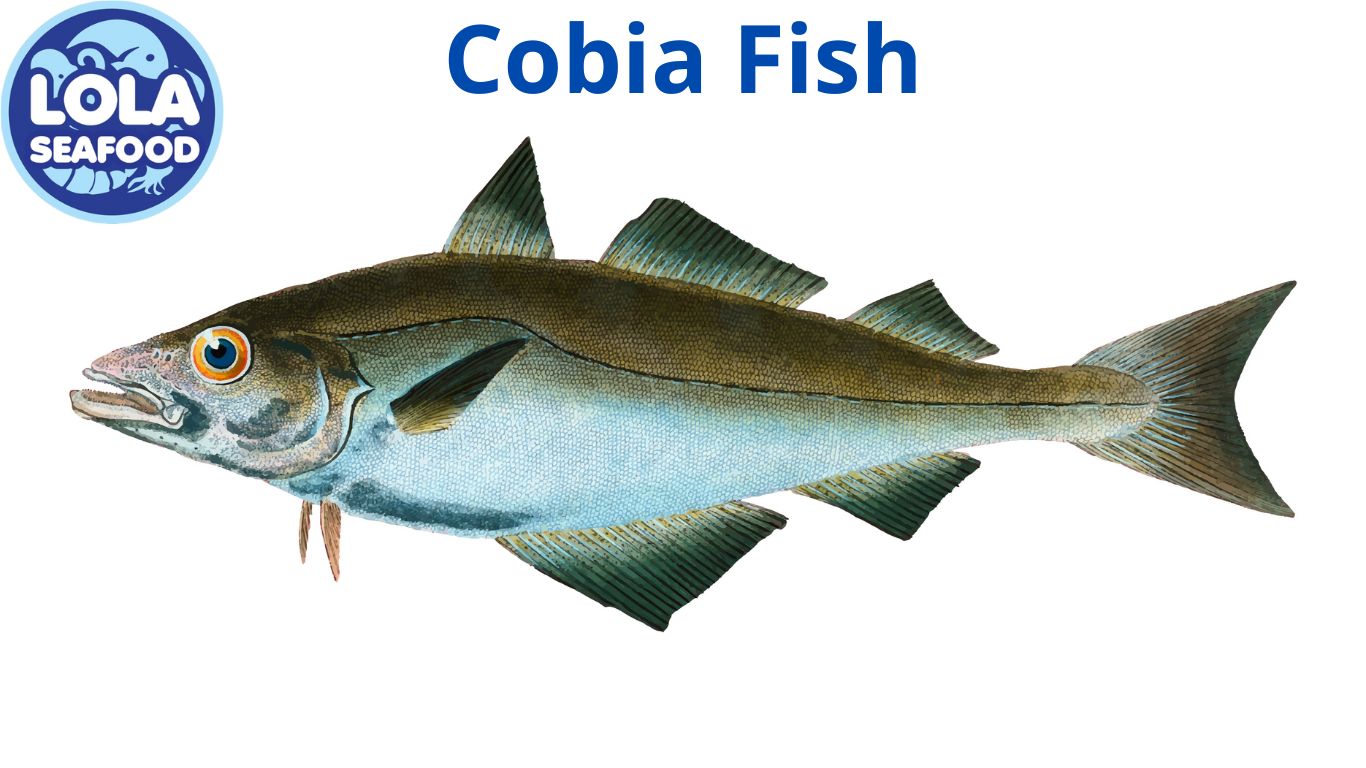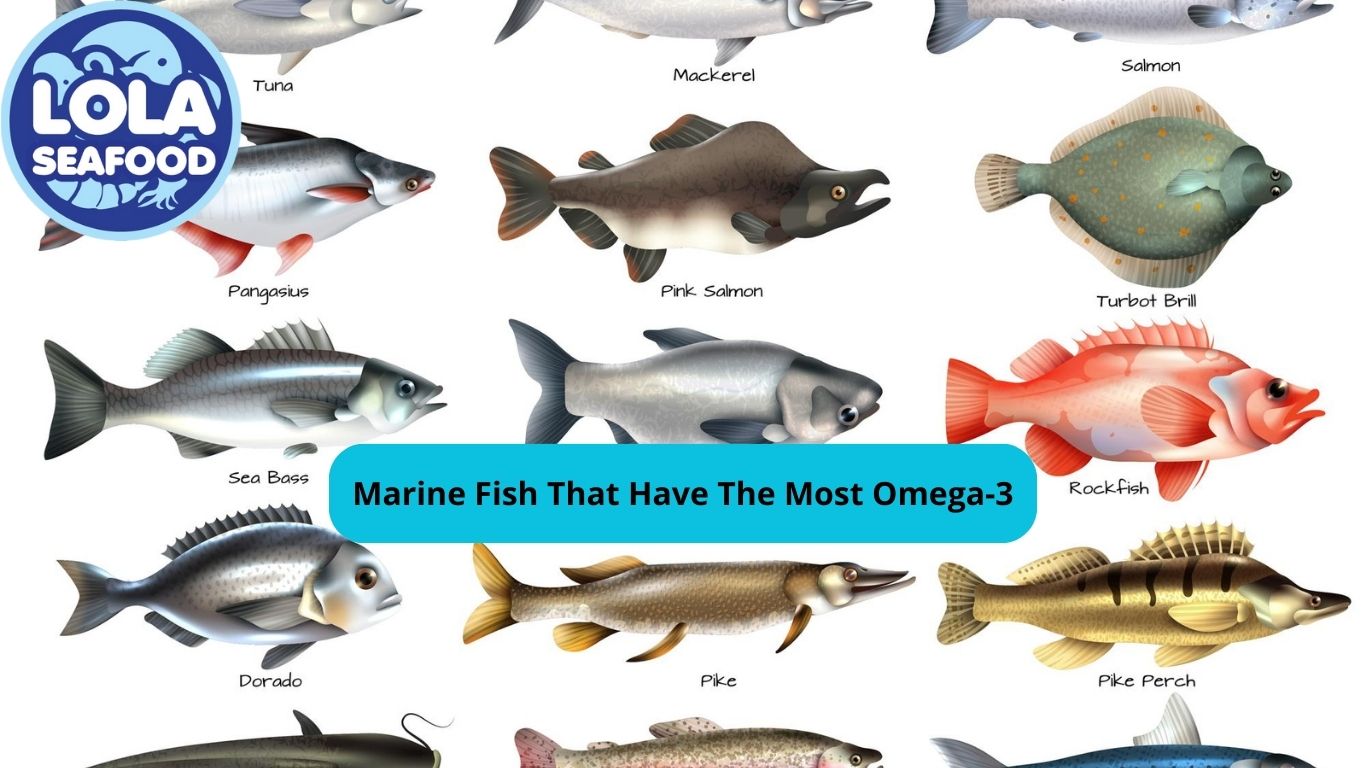Difference Between Marine and Freshwater Fish
By. Najih - 18 Nov 2024
Marine and freshwater fish are two broad categories of fish that inhabit different types of aquatic environments. Here are the key differences between them:
1. Habitat
- Marine Fish: These fish live in saltwater environments, such as oceans and seas. They are adapted to the higher salinity levels found in these waters.
- Freshwater Fish: These fish inhabit freshwater bodies, such as rivers, lakes, ponds, and streams, where the salinity levels are much lower (typically less than 0.5%).
2. Salinity Adaptation
- Marine Fish: They have physiological adaptations that allow them to regulate their internal salt balance in a high-salinity environment. This includes specialized cells in their gills that excrete excess salt.
- Freshwater Fish: They are adapted to a low-salinity environment and tend to absorb water through their skin and gills. They excrete dilute urine to remove excess water and retain salts.
3. Osmoregulation
- Marine Fish: They face the challenge of losing water to their salty environment, so they drink seawater and actively excrete excess salt.
- Freshwater Fish: They face the opposite challenge of losing salts to their environment, so they do not drink water and instead absorb salts through their gills and food.
4. Biodiversity
- Marine Fish: Marine ecosystems are generally more diverse, with a wider variety of species. Examples include tuna, sharks, and clownfish.
- Freshwater Fish: While there is significant biodiversity in freshwater environments, it is typically lower than in marine environments. Examples include trout, catfish, and goldfish.
5. Size and Growth
- Marine Fish: Many marine species tend to grow larger and have longer lifespans compared to freshwater species. Some marine fish can reach sizes of several meters.
- Freshwater Fish: Freshwater fish tend to be smaller on average, although there are exceptions. Their growth rates can be influenced by environmental factors such as water temperature and food availability.
Understanding the differences between marine and freshwater fish is essential for effective conservation, management, and sustainable practices in fisheries and aquaculture. Both types of fish play crucial roles in their ecosystems and are vital to human economies and cultures. As environmental challenges continue to impact aquatic habitats, efforts to protect and restore both marine and freshwater fish populations will be increasingly important for biodiversity and food security.





.jpg)
.jpg)
